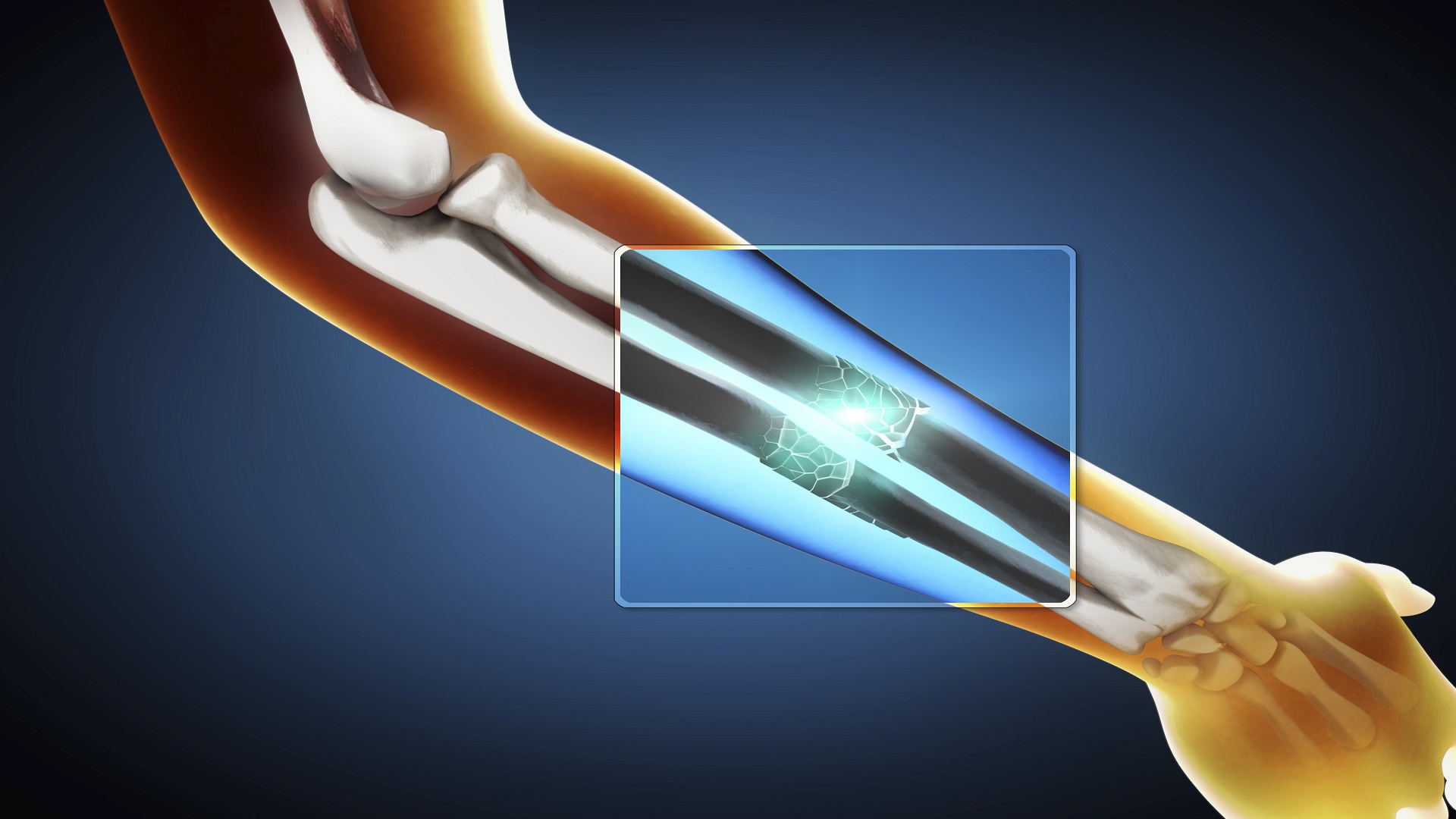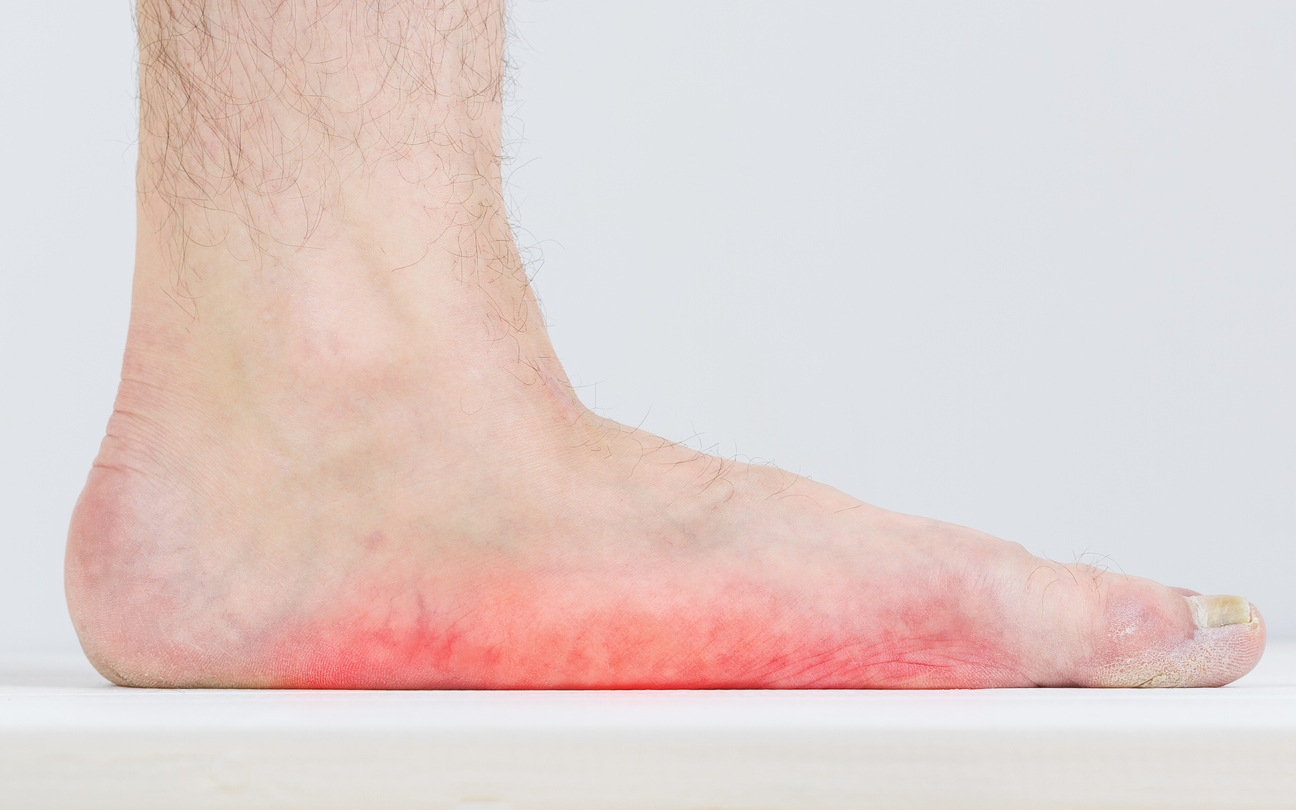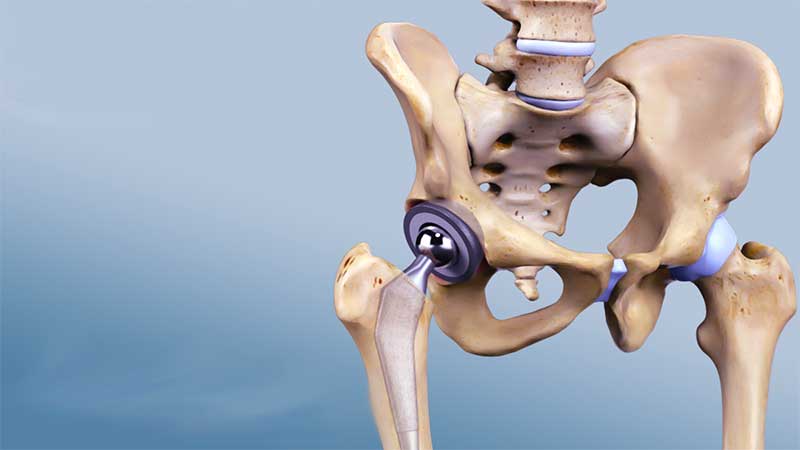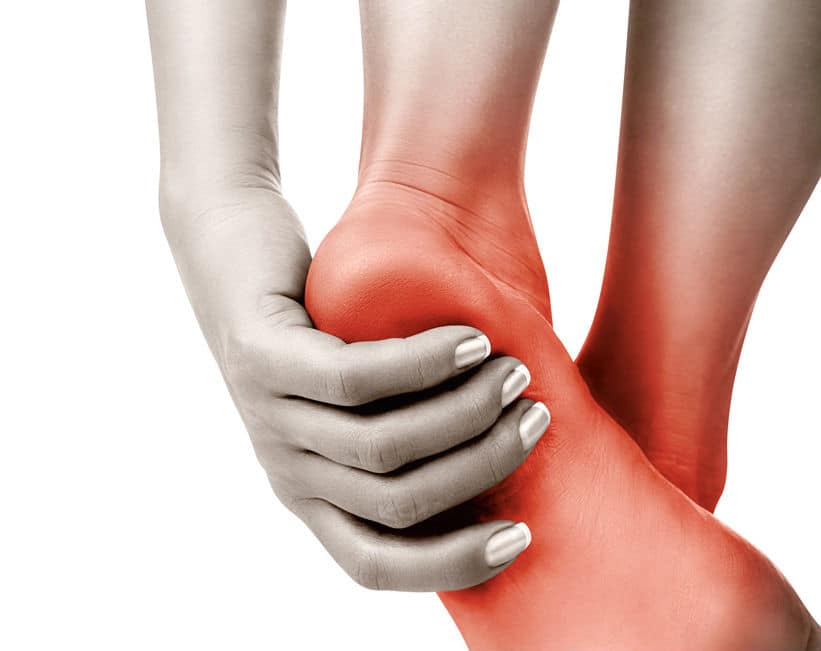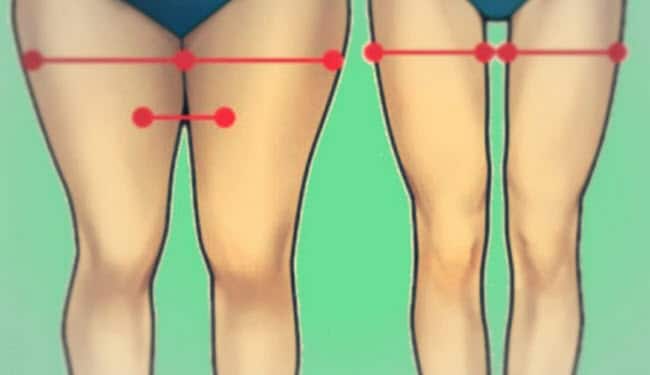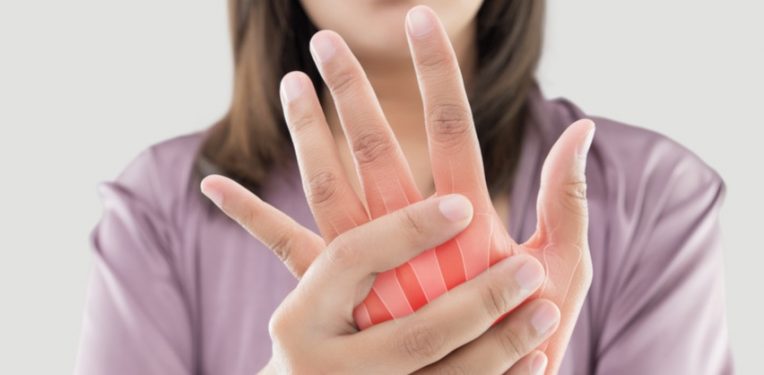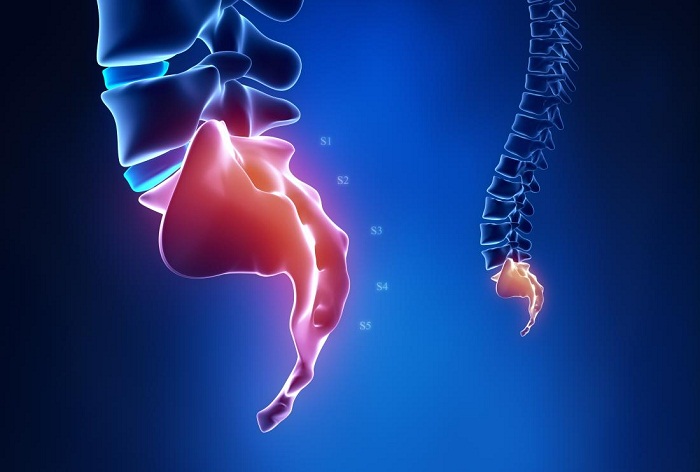Who is a Gynecologist and Can Hyperhidrosis Be Treated Without Surgery?
Who Is Dr. Amr Amal?
If you are looking for a proficient and specialized doctor in the field of hyperhidrosis (excessive sweating), look no further! Dr. Amr Amal is one of the best doctors in this field, known for his high reputation and a track record of success. In this article, we will take a look at some of the key reasons that make Dr. Amr Amal a trusted expert and an ideal choice for addressing your hyperhidrosis concerns.
Vast Experience: Dr. Amr Amal possesses extensive experience in the field of hyperhidrosis medicine and treatment. He studied medicine at Ain Shams University and obtained both a Bachelor’s degree and a General Surgery diploma. Additionally, he has completed a fellowship in oculoplastic surgery. Therefore, you can have confidence in his broad expertise and deep knowledge in this field.
Advanced Equipment and Modern Techniques: Dr. Amr Amal utilizes the latest medical equipment and techniques for diagnosing and treating hyperhidrosis issues. He is committed to continuous research and technological advancements to stay up-to-date with the latest innovations in his field. His use of modern techniques allows for better, safer, and more effective results.
Extensive Track Record of Success: Dr. Amr Amal boasts a long track record of success in diagnosing and treating hyperhidrosis problems. He has helped numerous patients overcome their hyperhidrosis-related issues and regain their confidence. Thanks to his experience and high skills, Dr. Amr Amal is a well-known expert in this field and a trusted reference for treatment.
Personalized Care and Attention: Dr. Amr Amal places great emphasis on the comfort and health of his patients and understands their individual needs. He provides personalized care and the necessary attention to ensure your comfort throughout all stages of treatment. Dr. Amr Amal treats patients with gentleness and respect, creating a warm and comfortable atmosphere for all.
In summary, Dr. Amr Amal is an excellent expert in the field of hyperhidrosis medicine and treatment. If you are experiencing hyperhidrosis issues and need assistance, we recommend contacting Dr. Amr Amal and benefiting from his expertise and knowledge in this field. You will receive the necessary attention and care to achieve the desired results.
Can Hyperhidrosis Be Cured Completely?
Hyperhidrosis, also known as excessive sweating or axillary hyperhidrosis, is a common condition that causes sweating in excess of what is needed for normal temperature regulation. Many individuals wonder if hyperhidrosis can be cured completely. In this article, we will take a look at the potential for a full recovery from hyperhidrosis.
Unfortunately, there is no definitive answer to whether hyperhidrosis can be cured completely, as recovery varies depending on several factors. Here are some important points to consider:
- Transient Nature of the Condition: Many patients experience hyperhidrosis as a temporary condition, and symptoms can diminish with proper treatment and care. In such cases, complete recovery is possible.
- Chronic Forms of Hyperhidrosis: Some individuals may suffer from hyperhidrosis symptoms for an extended period, even years in some cases. Achieving complete recovery in these cases can be more challenging, but it is not impossible.
- Available Treatments: There are various treatments that can help alleviate symptoms and improve the condition. These treatments may include topical products, iontophoresis, Botox injections, and in some cases, surgical options like sympathectomy. The effectiveness of treatment may vary from person to person.
- Early Intervention: It’s important to consider early intervention. If hyperhidrosis is diagnosed early, and treatment begins promptly, it can increase the chances of achieving complete recovery or substantial improvement.
- Healthy Lifestyle: Maintaining a healthy lifestyle can also contribute to recovery. This includes proper nutrition, regular exercise, stress management, and getting adequate rest and relaxation.
- Medical Advice: Before worrying about the possibility of recovery, it is advisable to consult with a healthcare professional who can assess your individual condition and provide guidance on appropriate treatments and what you can expect in terms of recovery.
In summary, the potential for a complete recovery from hyperhidrosis depends on various factors, including the nature and severity of the condition, the effectiveness of treatments, and individual responses to treatment. Early diagnosis and intervention, along with a healthy lifestyle, can increase the likelihood of a favorable outcome. It is essential to seek medical advice and follow the recommended treatments to manage hyperhidrosis effectively.
Does Walking Help Treat Hyperhidrosis?
Are you dealing with hyperhidrosis and in need of a natural and effective way to manage it? Well, walking might be the solution you’re looking for. It turns out that walking has a significant positive impact on the treatment and prevention of hyperhidrosis. Here are 8 reasons that prove walking could be the ideal treatment for this bothersome condition:
- Improved Blood Flow: Walking promotes blood flow throughout the body, including the feet and toes. Consequently, it effectively increases blood flow to the affected areas in the feet, helping reduce swollen blood vessels and enhancing peripheral circulation.
- Muscle Strengthening: Walking helps strengthen the muscles of the feet and core, improving posture and balance. Strong muscles are essential for preventing muscle spasms and enhancing the body’s ability to withstand pressure.
- Enhanced Flexibility: Walking can increase the flexibility of the muscles and ligaments in the feet, helping reduce pain and tension associated with hyperhidrosis.
- Improved Balance: Walking aids in improving body balance, which is crucial for individuals suffering from hyperhidrosis. Good balance reduces the risk of falling or getting injured.
- Lymphatic System Activation: Walking helps activate the lymphatic system, which aids in removing waste and toxins from the body. As a result, it contributes to reducing swollen blood vessels and improving the health of the lymphatic vessels in the feet.
- Weight Maintenance: While walking is a light to moderate physical activity, it is effective for burning calories. Regular walking helps maintain a healthy weight, reducing pressure on the feet and minimizing the occurrence of hyperhidrosis.
- Mood Enhancement: Walking is considered an important form of physical exercise for mental health. It helps release happiness hormones like endorphins and serotonin, which boost overall mood, reduce stress, and alleviate anxiety.
- General Health Promotion: In general, walking promotes overall health and can help prevent various diseases while maintaining a strong immune system. Consequently, it can contribute to reducing other health issues that individuals with hyperhidrosis may be prone to.
In summary, walking is a simple and accessible activity that can be an effective treatment for hyperhidrosis. Incorporate walking into your daily routine and enjoy the numerous health benefits it can provide.
Does Hyperhidrosis Require Surgical Intervention?
Does hyperhidrosis require surgical intervention? In the case of sciatic nerve inflammation, many individuals may experience severe and intense pain in the hip and legs. Pregnant women, in particular, may commonly suffer from this issue. While many cases can be treated non-surgically, there are situations that may warrant surgical intervention to alleviate symptoms and provide relief.
Typically, sciatic nerve inflammation occurs due to the narrowing of the nerve canal in the hip area, resulting in pressure on the sciatic nerves. This can be caused by entangled blood vessels or swelling in the surrounding tissues. When pregnant women experience this issue, the increasing weight of the fetus and the pressure it exerts on the pelvic area can increase the likelihood of sciatic nerve compression.
In most cases, sciatic nerve inflammation is treated non-surgically. Pain relief and anti-inflammatory medications may be prescribed to alleviate pain and inflammation. Physical therapy and stretching exercises to strengthen the muscles around the hip can also be beneficial. Additionally, complementary treatments such as heat or cold therapy and massage therapy can help reduce tension and pain.
However, if these measures prove ineffective, or if the symptoms are severe and significantly impact quality of life, surgical intervention may be considered. Surgical procedures for treating sciatic nerve inflammation may involve removing chronic or damaged tissue that is compressing the nerves, and sometimes doctors resort to widening the narrowed nerve canal or replacing the affected piece with healthy tissue from elsewhere.
In summary, in the case of sciatic nerve inflammation in women or anyone else, treatment may involve surgical intervention if non-surgical treatments do not provide relief or if the condition is severe. Individuals experiencing this issue should consult their healthcare providers to determine the best course of action for their specific situation and achieve comfort and symptom relief.
What Is the Difference Between Herniated Disc and Sciatica?
There is a difference between a herniated disc and sciatica, as the former relates to conditions that can affect the discs in the spinal column, while the latter is associated with an abnormal functional state of a specific nerve bundle.
A herniated disc, also known as a slipped or herniated disc, is a condition in which a portion of the spinal disc between two vertebrae is either bulging or ruptured. Herniated discs typically occur due to increased pressure on the back or neck, such as from acute injury or excessive movements during sports or strenuous work. A herniated disc can lead to severe back or neck pain and may compress surrounding nerves, causing radiating pain or numbness in the extremities.
On the other hand, sciatica results from irritation or dysfunction of the sciatic nerve bundle, which carries pain impulses. Sciatica typically has a singular effect on the body, with the patient experiencing sharp and noticeable pain in a specific area, such as the nerves surrounding the sciatic nerve in the legs or hands. In most cases, sciatica is a temporary issue that responds to natural treatment and pain relievers. However, in some rare cases, permanent damage to the sciatic nerve may occur, requiring surgical medical intervention.
In the table below, we summarize the key differences between a herniated disc and sciatica:
Herniated Disc Sciatica Caused by a portion of the spinal disc bulging or rupturing Caused by irritation or functional dysfunction of the nerve bundle Result of acute or excessive injury or movement Result of irritation or functional dysfunction Can cause severe and multiple complications in the body Causes sharp pain in a specific area May require surgical intervention for treatment Typically responds to natural treatments
In conclusion, a herniated disc and sciatica are two entirely different conditions with different causes and consequences. If you have similar symptoms, it is important to consult a healthcare provider to obtain the correct diagnosis and appropriate treatment.
What Is the Treatment for Sciatica in the Left Leg?
If you have sciatic nerve inflammation in your left leg, you may be experiencing a condition known as “sciatica.” It’s important to know that this condition is common and treatable. It is characterized by severe and sharp pain in the hip, thigh, buttock, and the back of the leg, which can be quite debilitating.
There are several treatment options for sciatica in the left leg, including:
Medications: Pain-relief medications can help alleviate the pain associated with sciatica. Consult your healthcare provider to prescribe the appropriate medication that will help ease the pain and calm the inflamed nerve.
Physical Therapy: Physical therapy is an essential treatment for sciatica. It focuses on strengthening the muscles around the affected nerve and improving movement and flexibility. This includes stretching and strengthening exercises, improving posture, and balance.
Heat and Cold Therapy: Applying localized ice or heat can help reduce pain and swelling. You can apply ice to the affected area for 15-20 minutes several times a day. Similarly, using a hot bath or a warm moist towel can be beneficial for pain relief.
Complementary Treatments: In some cases, healthcare providers may suggest complementary treatments such as dry needling, deep tissue massage, or nerve stimulation therapy. These methods can help alleviate pain and improve the condition of the affected nerve.
Surgery: In rare cases and when other treatments prove ineffective, surgical intervention may be necessary. This decision is typically based on the severity of the pain and the potential for full recovery through surgical treatment.
What Are the Risks of Sciatica?
Sciatica, also known as sciatic nerve inflammation, is a condition that results in inflammation or compression of the sciatic nerve in the body. The sciatic nerve is one of the largest nerves in the body, running from the lower back through the hip, thigh, and down to the foot. Several factors can lead to irritation or narrowing of the sciatic nerve, such as aging, acute or chronic injury, and pressure buildup on the nerve due to prolonged standing or improper sitting posture.
The risks associated with sciatica vary depending on the underlying causes. Individuals engaged in strenuous work or experiencing acute sports injuries are at higher risk, as abnormal twisting of the spine or reduced blood flow to the sciatic nerve can occur. Conversely, individuals spending long hours sitting in front of a computer or engaging in activities that require prolonged standing are at increased risk of developing sciatic nerve problems.
One of the primary risks associated with sciatica is severe and sharp back pain that intensifies during walking or standing. Additionally, the pain may be accompanied by tingling sensations or numbness in the leg or foot, as well as muscle weakness that can affect the ability to walk or lift heavy objects. The risk of twisting back muscles or compressing other nerves in the body due to compensation for weakened muscles also exists.
In general, individuals suspected of having sciatica should seek immediate medical care for diagnosis and treatment. Once the diagnosis is confirmed, treatment may include physical therapy exercises, posture correction, and lifestyle changes to reduce pressure on the sciatic nerve.
What Are the Symptoms of Sciatica in the Right Leg?
When you experience sciatica (sciatic nerve inflammation) in the right leg, several symptoms may indicate the presence of this health issue. Among the common symptoms that you may notice are pain and a tingling sensation in the area of the hip, thigh, knee, calf, and foot.
The pain can be sharp and continuous, and it may intensify when sitting for extended periods or when attempting to stand or walk. The pain may also be accompanied by a feeling of numbness and pins and needles in the affected area.
Additionally, you may have difficulty performing some daily activities due to muscle weakness in the hip, thigh, knee, calf, and foot region. You may feel that your muscle strength has generally weakened, affecting your ability to walk and stand steadily.
Other symptoms that may appear as sciatica in the right leg progresses include decreased skin sensitivity, where you may have difficulty sensing touch correctly in the affected area. There may also be a change in skin temperature, with the affected area feeling either excessively warm or excessively cold.
What Should a Sciatica Patient Eat?
If you are a sciatica patient (suffering from sciatic nerve inflammation), proper nutrition is an essential part of managing your condition and improving the healing process. The dietary regimen for a sciatica patient aims to provide the necessary nutrients to enhance nerve health and strength, reduce inflammation, and promote tissue healing.
One of the fundamental components of your diet should include consuming an adequate amount of protein. Protein plays a crucial role in tissue building and repair, and it also supports the process of nerve regeneration. You can obtain protein from various sources such as lean meats (chicken and turkey), fish, legumes, nuts, low-fat yogurt, and eggs.
Additionally, you should focus on consuming foods rich in omega-3 fatty acids. These fatty acids have anti-inflammatory properties and promote nerve healing. Sources rich in omega-3 fatty acids include fatty fish like salmon, tuna, and sardines, as well as flaxseeds, quinoa, and turmeric oil.
Furthermore, prioritize fresh and locally-sourced foods that are rich in vitamins and minerals. Eating colorful fruits and vegetables such as strawberries, sweet potatoes, broccoli, and spinach can provide antioxidants that help protect nerves and promote tissue healing.
Moreover, you can consider taking dietary supplements that aid in enhancing fiber, vitamins, and minerals for nerve health. Some examples of beneficial dietary supplements for sciatica patients may include zinc, B vitamins, vitamin C, and dietary fiber.
When you have sciatica, it’s important to avoid certain foods that may increase inflammation and have a negative impact on tissue healing. Avoid processed foods that are high in saturated fats, frequent sugary snacks, and sugary beverages.
In summary, to succeed in managing sciatica, it’s important to consume a balanced diet rich in protein, omega-3 fatty acids, vitamins, and minerals. Avoiding processed and harmful foods while focusing on fresh and healthy foods will contribute to improving your condition and enhancing the healing process.


